We may earn commission from links on this page, but we only recommend products we believe in. Pricing and availability are subject to change.
Here’s how to take care of a succulent if you’re new to plant parenting
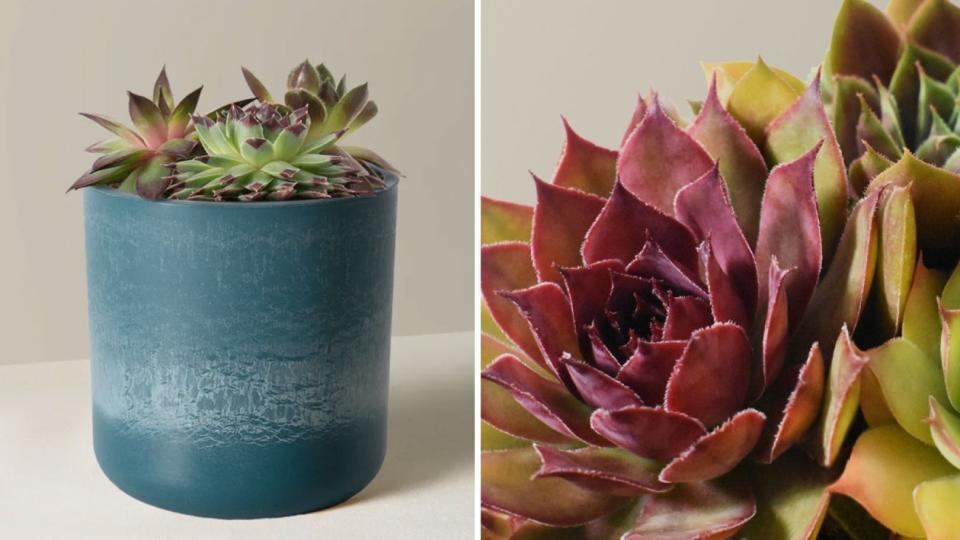
Our team is dedicated to finding and telling you more about the products and deals we love. If you love them too and decide to purchase through the links below, we may receive a commission. Pricing and availability are subject to change.
So you want to be a plant parent. Then you, my friend, need a succulent. Succulents are often billed as one of the go-to plants for new plant owners. They are incredibly low-maintenance, very forgiving and extremely aesthetic. Easygoing nature aside, you don’t want to go into owning one (or two or several) with zero knowledge of indoor plant care. Enter your no-fuss guide to succulent care.
Often, succulents are thought of as being synonymous with cacti — but that’s only partially true. All cacti are indeed succulents, but not all succulents are cacti. According to The Sill, the term “succulent” doesn’t actually refer to a plant variety but, rather, any plant that has “evolved to survive hot arid environments.” Many succulent plants, in fact, aren’t actually related to one another at all.
Snake plants, aloe plants, jade plants, ZZ plants, echeveria, string of pearls — all are very different in appearance, and all are succulents. Why does this matter? Well, this means you can curate a healthy and diverse plant collection simply with easy-to-care-for succulents.
So, forget fake plastic plants. Even you — yes, you — can keep a succulent alive. Just keep these simple tips in mind when parenting your pride and joy.
Ample sunlight is a must.
Succulents need a lot of sunlight, thriving on at least six hours of sun per day. Be sure to place your succulents in sunny areas of your space to give them enough vitamin D. Keep this in mind: Younger plants have more delicate leaves and do better in less direct light. Older plants, however, have more robust leaves for super sun-filled areas.
Rotate the pot when you water.
Though you want your plant to get plenty of sunlight, you don’t want it to get sunburned. Yes, plants can get sunburned leaves. To prevent this from happening, rotate the pot every so often to distribute direct sun exposure. Pro tip: A sheer curtain on your window can help prevent sunburn but still gives your plant enough rays.
Water your succulents every two to three weeks.
You read it right. Succulents are a set-it-and-forget-it type of plant and only require a good watering every two to three weeks for optimal growth. Watering less often can leave your plant with crunchy, sad leaves — but watering too often can lead to root rot and wilting leaves.
Plant Water Monitor, $12.99 (Orig. $24.99)

According to experts, your succulent’s soil should actually be bone-dry and crumbling before you water it. A moisture meter, though not required for plant parenting, can help if you are prone to overwatering plants. This simple gauge tells you when the soil at the bottom of the pot is still moist, helping to avoid drowning your plants.
Make sure you water the soil directly.
When watering your succulents, try not to pour water over the entire plant. Instead, focus the stream on the soil only. This helps prevent moldy, waterlogged leaves.
Copper Watering Can, $33.49 (Orig. $40.99)
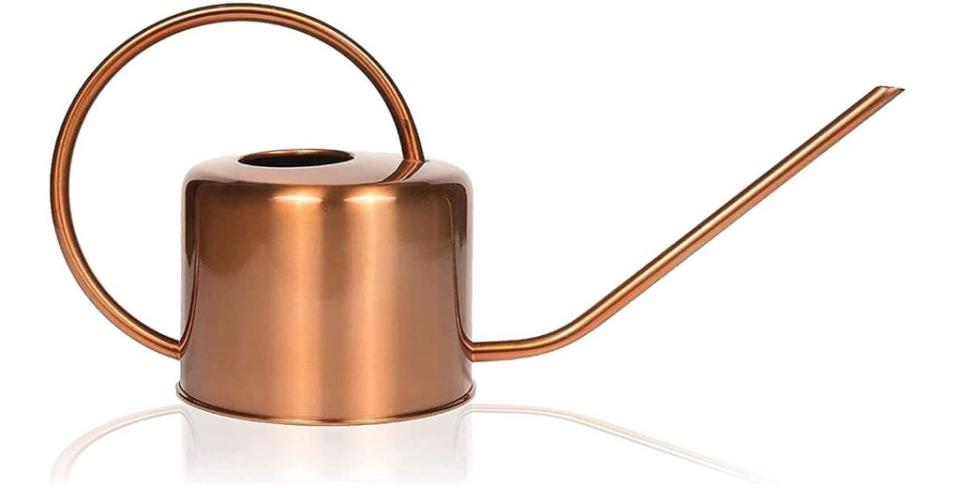
To water your succulents, try a thin-spouted watering can with an easy-to-control stream. It’ll help keep water off leaves and prevent overwatering.
Keep your space at 65-90 degrees Fahrenheit.
Humidity doesn’t matter for succulents, but the temperature does. For an optimal environment for succulents, keep your space between 65 and 90 degrees Fahrenheit. That’s probably the normal temperature for your thermostat, anyway.
Succulents need drainage.
If you source your succulent from a reputable greenhouse or online retailer, it should come to you with proper drainage, either in the form of rocks layered at the bottom of the pot or drilled drainage holes. If your plant doesn’t have one of these safeguards, it’s a recipe for root rot. Water can pool at the bottom of the pot, leaving your plant’s roots sloshing around (and rotting).
The Still Lava Rocks, $18
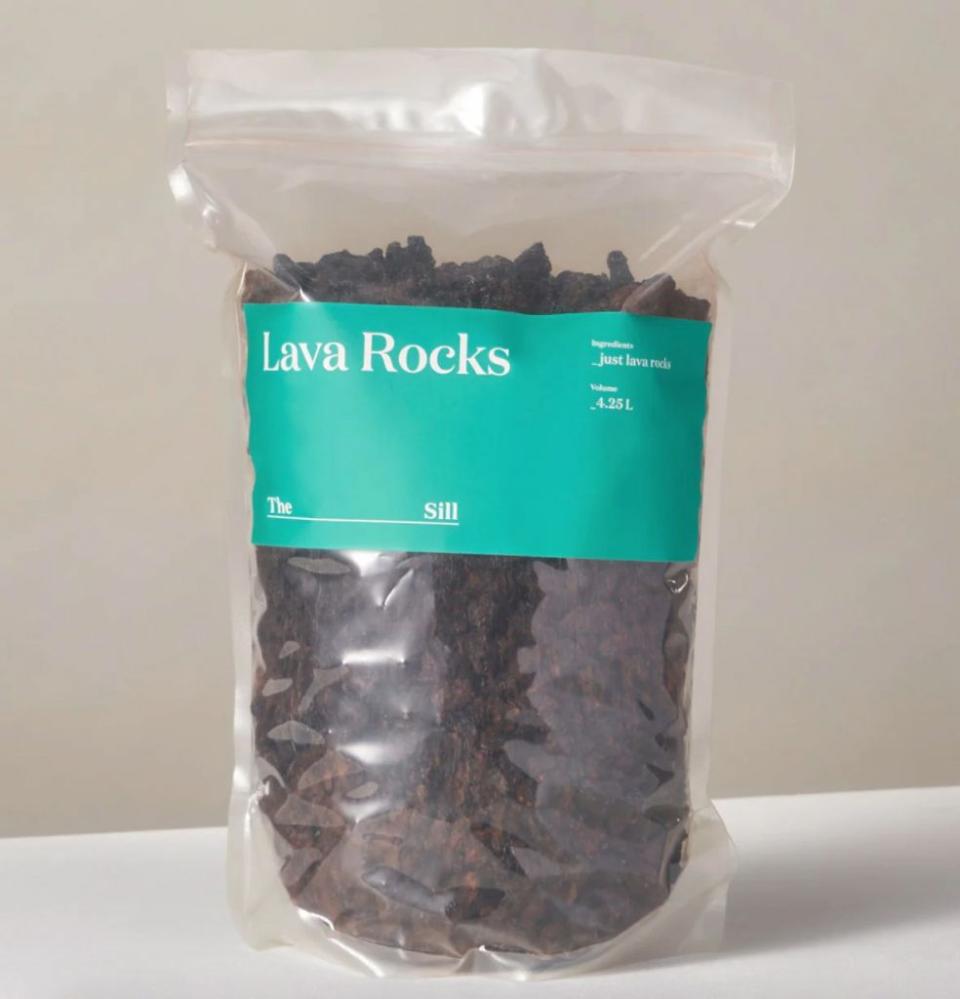
If you notice your plant lacks drainage, simply place lava rocks at the bottom of the non-draining pot to create a barrier between any pooling water and roots. It’s an easy fix!
Keep it clean.
Your plant’s leaves can and will collect dust, which can inhibit growth. When you notice buildup, use a damp cloth to dust your plant’s leaves and keep it soaking up optimal sun.
Another inevitability of plant parenting? Bugs. Your plant may attract mites, gnats or other bugs looking for a home. This even happens to seasoned plant parents — and it isn’t a recipe for death.
To banish bugs on site, have an all-natural neem oil spray on hand. Neem oil kills pests, eggs and larvae on contact, effectively treating mites, scale and gnats. It also treats many fungal diseases common on succulents, like leaf spots and powdery mildew.
Neem Oil, $15

So, want some succulents for your space? Brands like The Sill and Bloomscape sell plenty of options online that ship right to your door. Check out the options below — cute pots included.
1. The Sill Succulent Assortment, $82

Go full force into low-maintenance plant parenting with The Sill’s assorted collection of succulents.
2. Bloomscape Hedgehog Aloe, $49
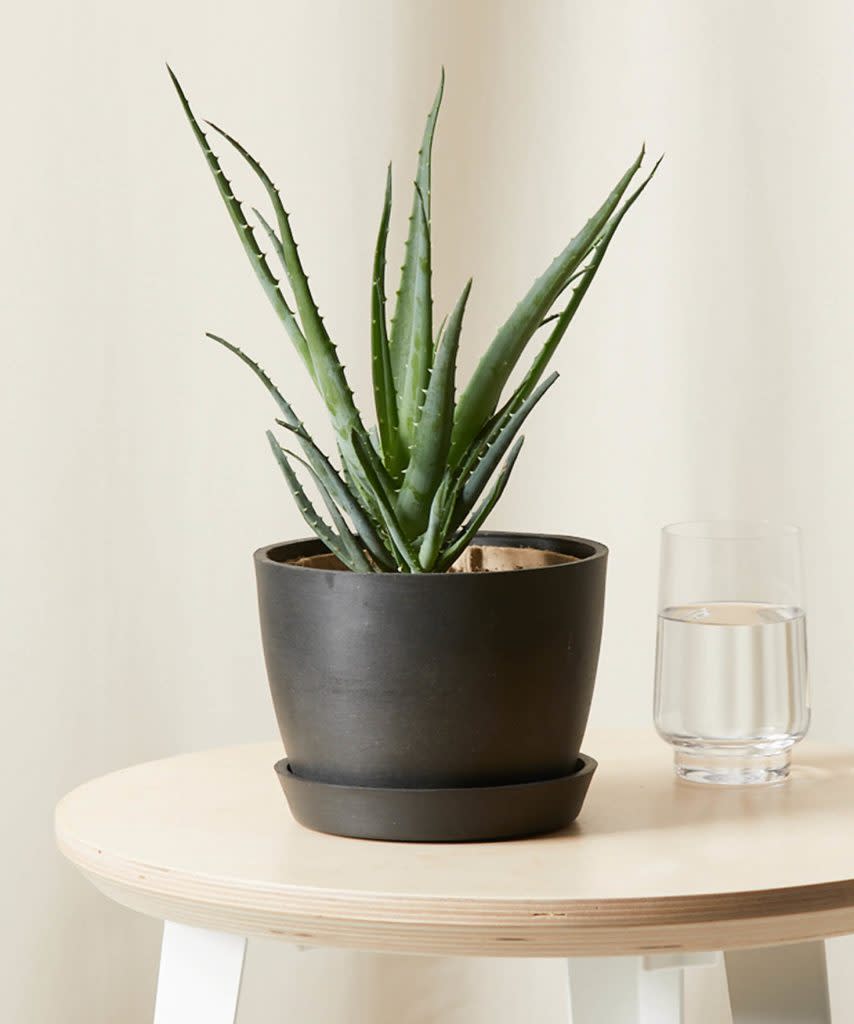
Recommended for first-time plant owners, hedgehog aloe has gorgeous, spiked blue-green leaves and may even produce coral-red flowers in the warmer months.
3. The Sill Winter Succulent Mix, $74 (Orig. $92)
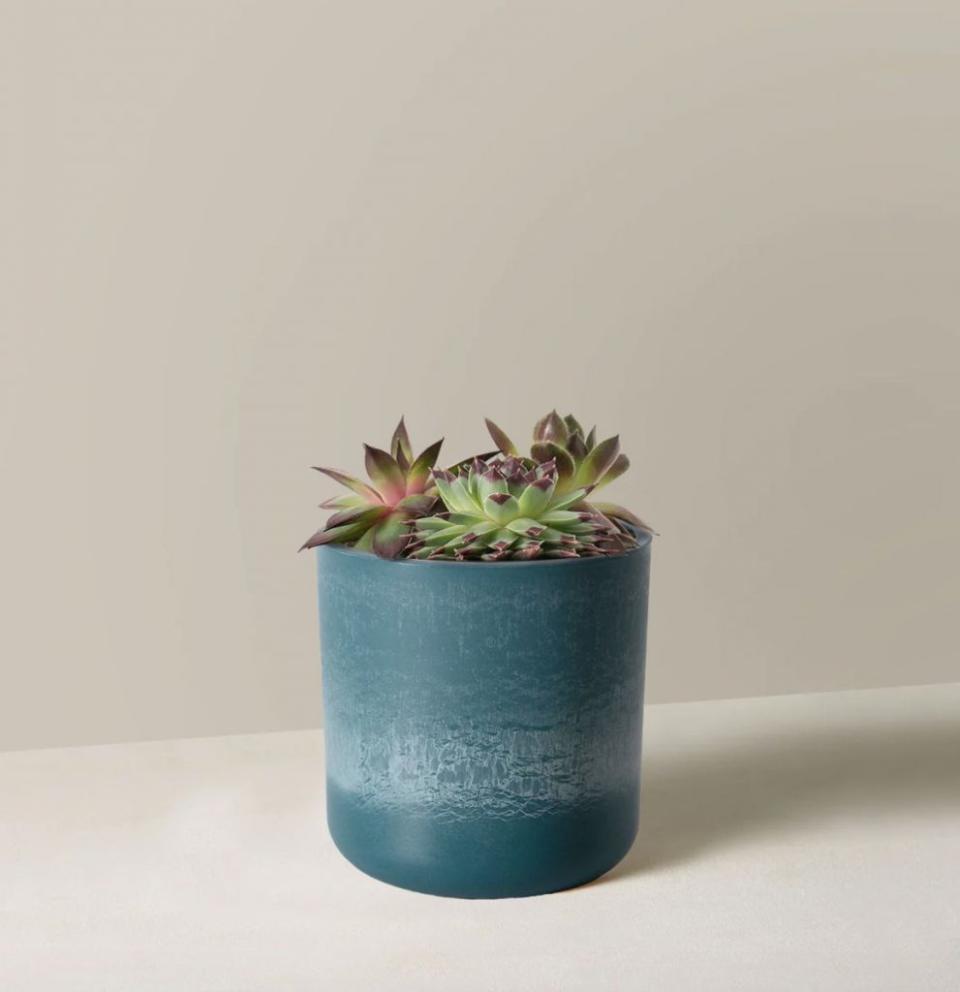
Get a lot of texture and greenery in one pot with this easy-to-care-for mix featuring a variety of succulents.
4. Bloomscape Jade Plant, $49
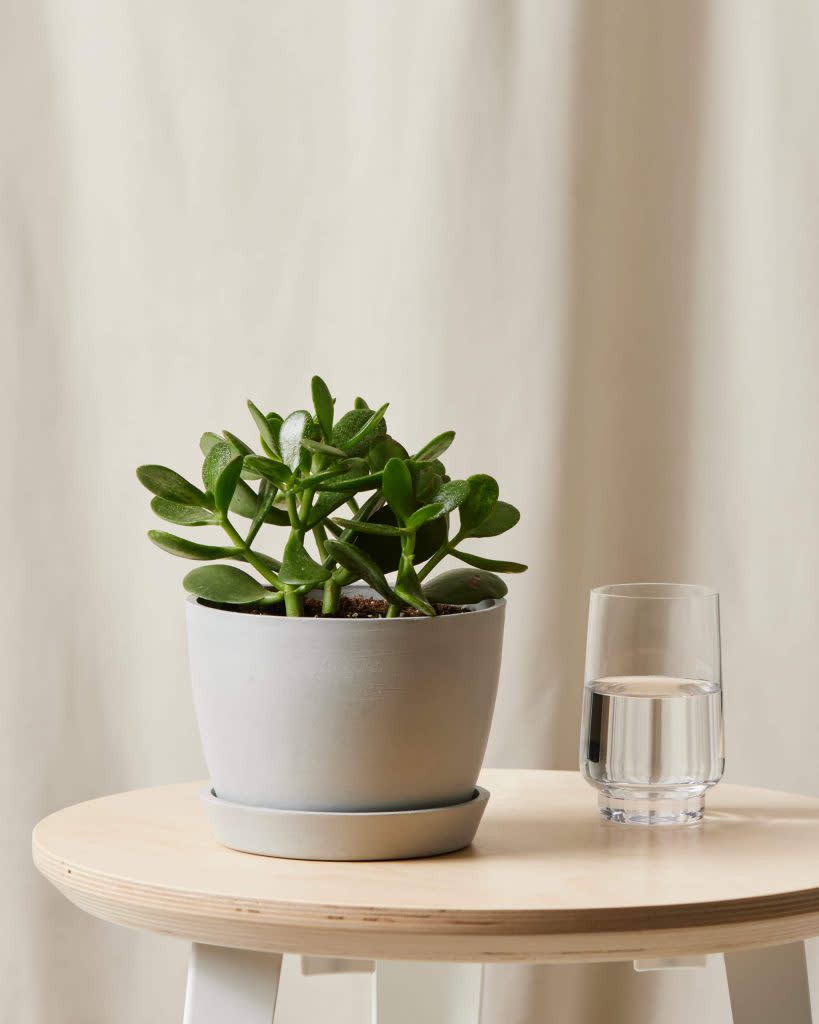
With adorable rounded leaves and a forgiving nature, jade plants are a favorite succulent of newbie plant parents and seasoned plant lovers alike.
5. The Sill Snake Plant Laurentii, $78 (Orig. $102)
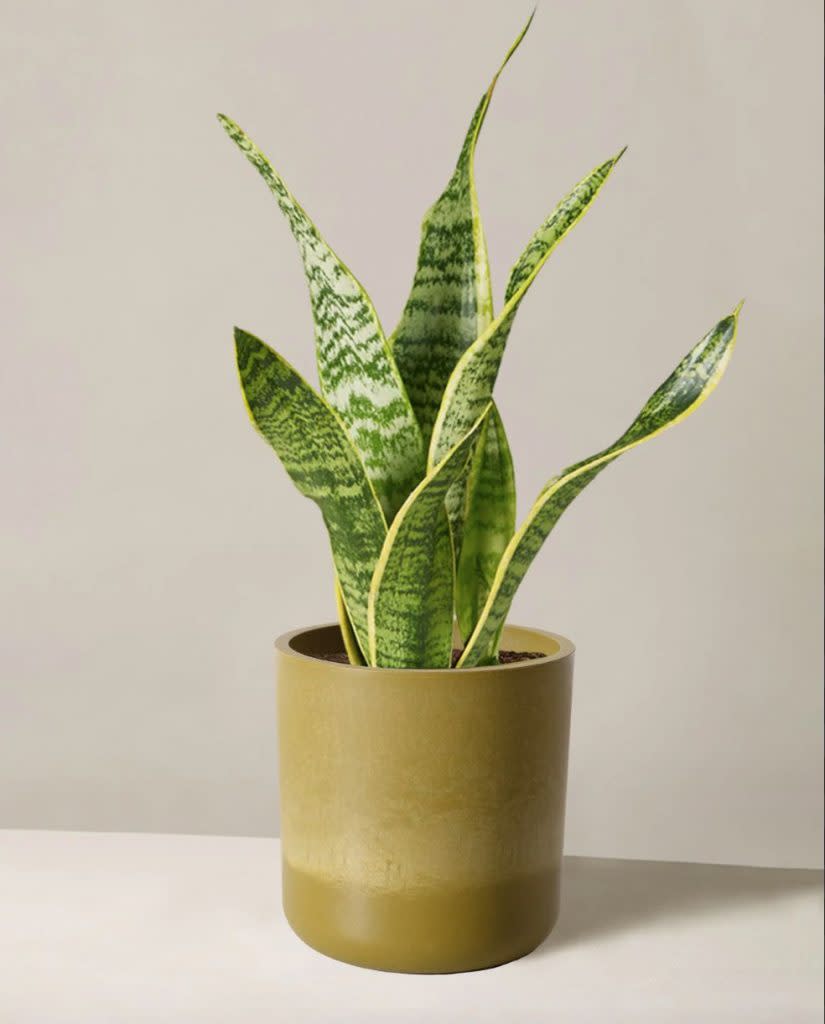
Yes, snake plants are considered succulents. The trendy plant is almost impossible to kill.
The post Here’s how to take care of a succulent if you’re new to plant parenting appeared first on In The Know.
More from In The Know:
This trending boob vase is serving Plant Mother in the best way
6 reasons you need to hang eucalyptus in your shower yesterday
The 4 best pre-potted outdoor plants to spruce up your fire escape, stoop, balcony or porch

 Yahoo News
Yahoo News 